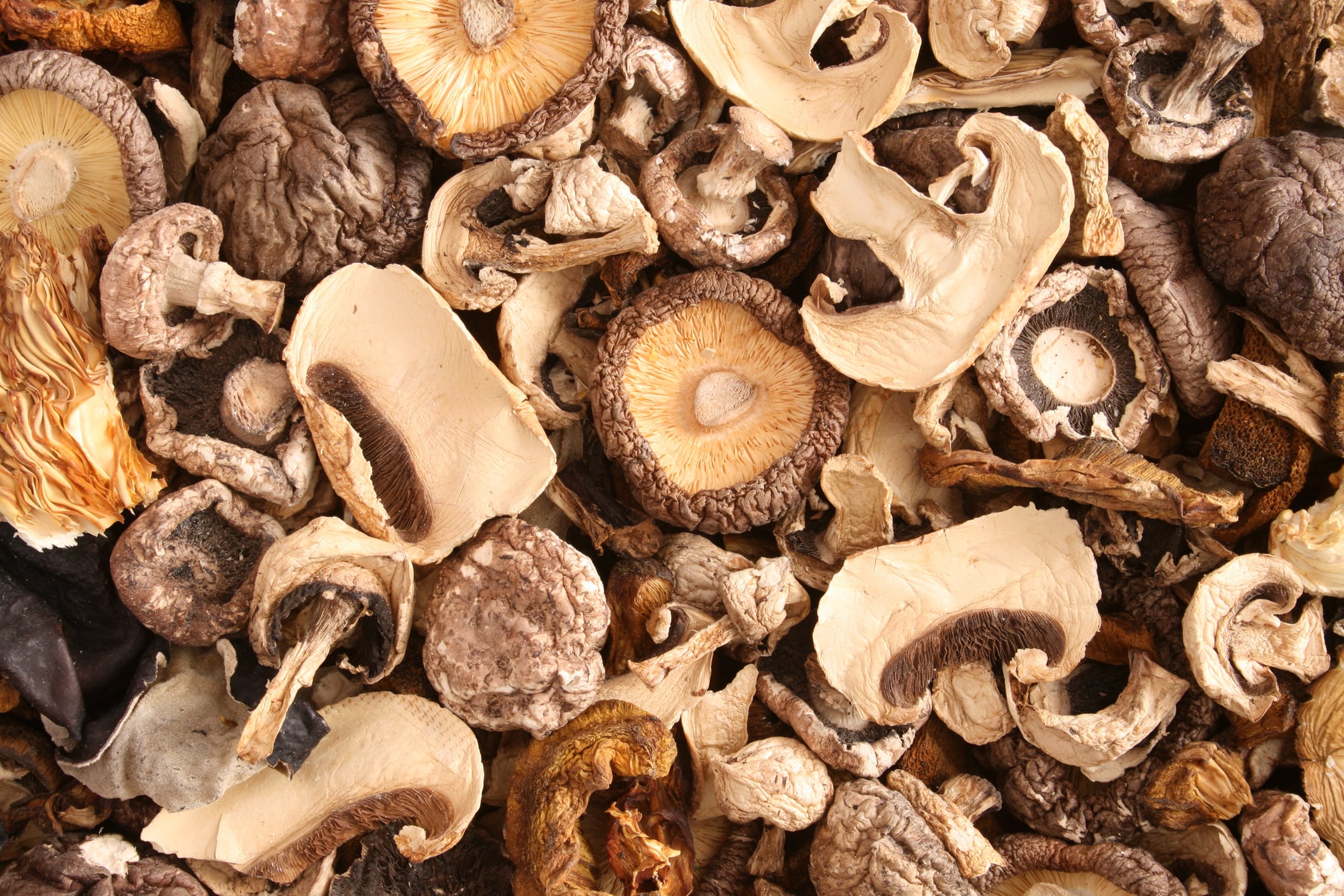This study evaluated six agro-byproducts including oak, jujube, apple, pear, peach, black locust sawdust as substrates for Lentinula edodes (L.edodes), commonly known as shiitake mushroom.
The results showed that all substrates supported “robust” mycelial colonisation of the L.edodes 0912 strain, but growth rates varied significantly.
“The findings of this study demonstrate that locally available substrates, such as peach, black locust, and jujube sawdust, can serve as viable alternatives to oak for shiitake mushroom cultivation, thereby alleviating pressure on forest ecosystems.”
Peach sawdust exhibited the fastest mycelial growth achieving full colonisation in 105 days — 19% faster than oak sawdust, which took 114 days.
Despite the moderate growth rates, black locust sawdust achieved the highest biological efficiency (97.26%) and productivity (0.85 kg/bag).
The study noted that the total output under black locust sawdust was significantly higher than others at 42.55 kg per 50 bags.
For comparison, oak sawdust yielded 40.33 kg per 50 bags.
The study concluded that black locust and peach sawdust were ideal replacements for oak.
“Black locust and peach substrates outperformed or complemented oak, offering sustainable alternatives. These findings underscore the potential of agrowaste utilisation to reduce ecological strain while maintaining high yields and nutritional quality, aligning with global agricultural sustainability goals.”
Reducing reliance on oak
Shiitake is “one of the most widely cultivated and consumed mushroom species”.
It is particularly valued in Asia for its taste, nutritional value, and medicinal value.
According to the study, China has a history of cultivating shiitake dating back over 800 years.
Farmers typically cultivate shiitake in various substrates such as sawdust, wheat bran, lime, and gypsum.
Oak is largely considered the best for shiitake cultivation for its high nutrient content.
However, the research questioned sustainability of using a resource that is in such high demand from various industries.
“Increased demand for oak and other timber has caused imbalances in forest ecosystems and higher production costs due to dwindling resources. Thus, researchers have begun exploring alternative wood waste substrates, which can help reduce reliance on traditional timber while promoting waste material utilisation.”
The research noted that not all tree species are suitable as substrates.
For instance, coniferous trees contain high levels of tannins, terpenoids, flavonoids, and alkaloids, which inhibit mycelial growth in edible fungi.
Adding value to local agrowaste
The six byproducts were chosen as they are from common fruit and forest trees in Hebei Province, China.
Hebei is a key agricultural and forestry province in China with 10,158 thousand hectares if economic forests in 2022.
Apple, pear, peach, jujube, oak, and locust trees make up more than half (56.75%) of the area.
According to the study, Hebei generates four to seven million tonnes of waste annually from felling these trees.
Using just a fraction of this waste for shiitake cultivation could have significant financial value.
“If 20% of these waste materials are used for L. edodes cultivation, with the biological efficiency maintained at 70%, this could annually yield at least 56 thousand tons of fresh mushrooms each year, generating an economic output of CNY336 million,” said the researchers.
Source: Fermentation
Utilising Agrobyproducts: Potential Alternative Substrates for Cultivation of Lentinula edodes
Authors: Zhiguo Zhou, Guohui Cheng, Wenjie Chen, Chunyan Xie, Guisen Hou and Xiaoya An
https://doi.org/10.3390/fermentation11050245





